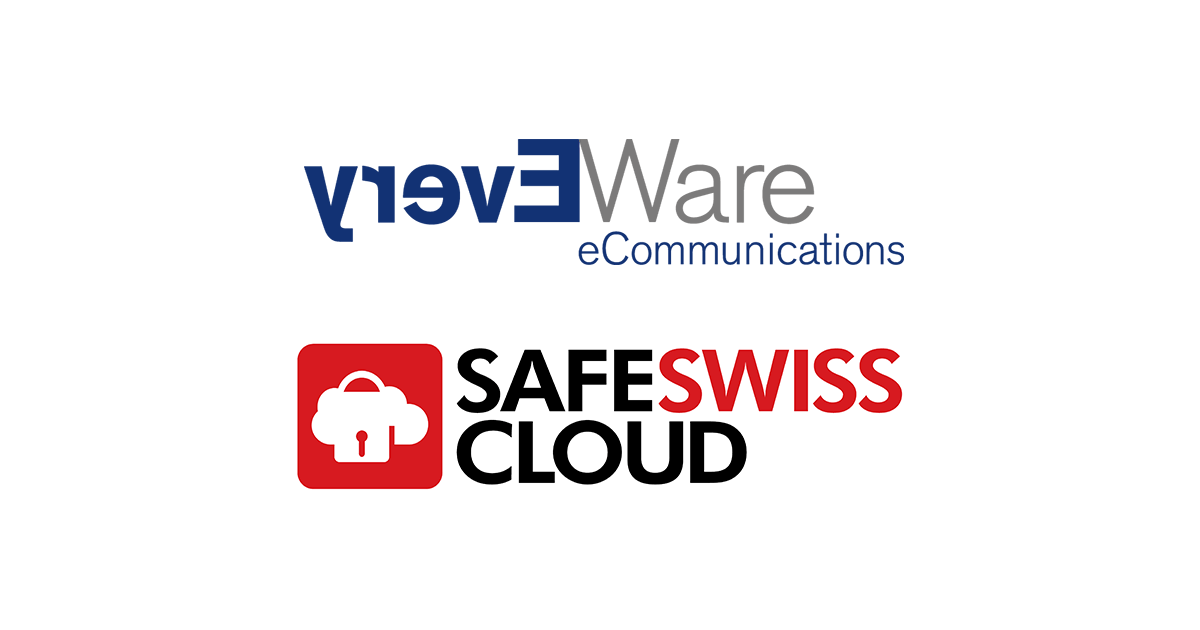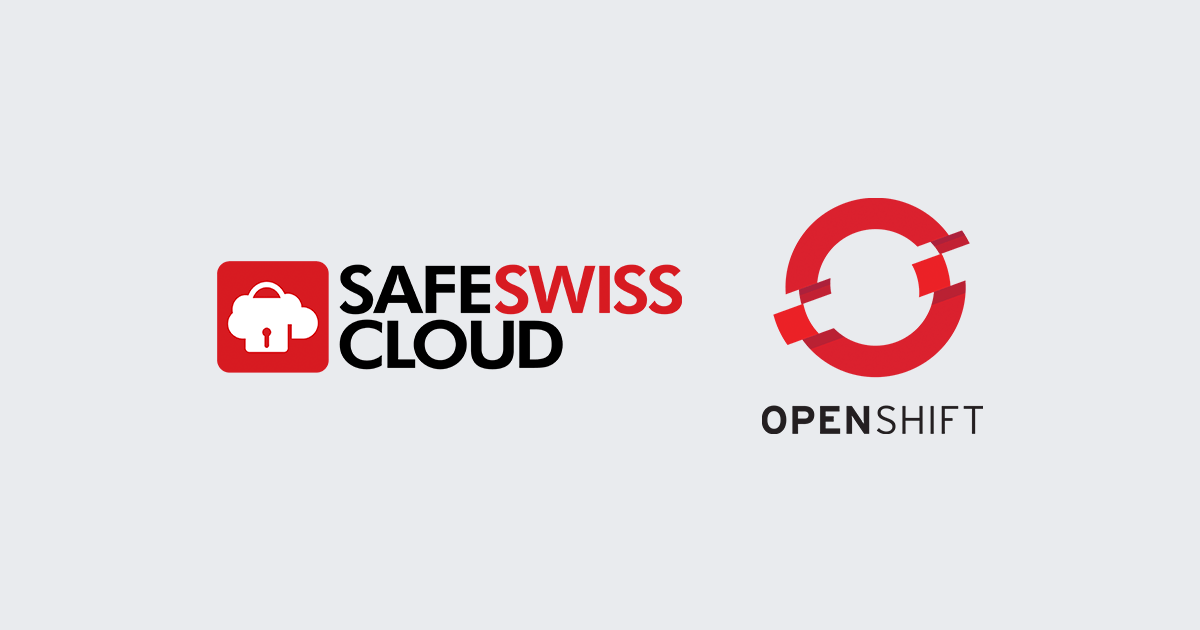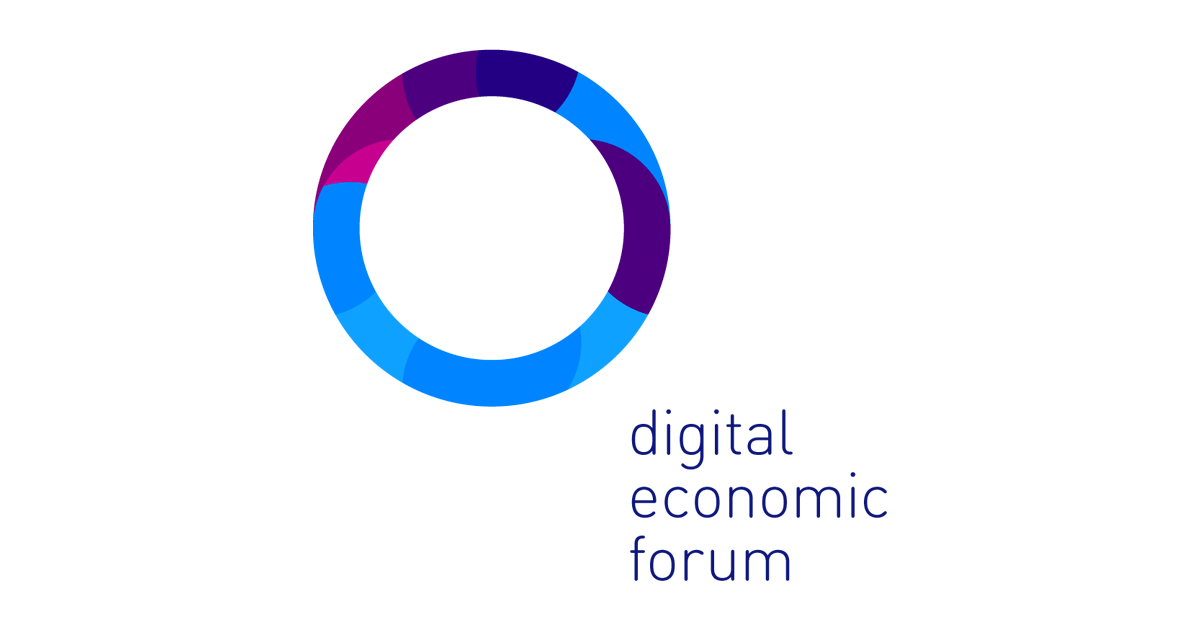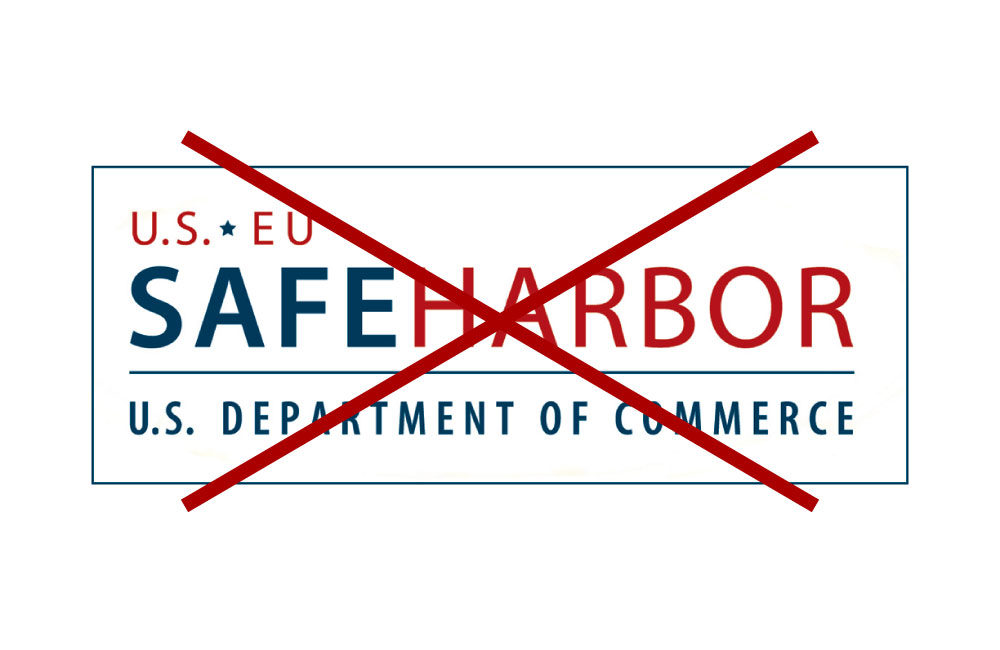
Author Gerald Dürr on 26 November 2018 Gerald Dürr's blog


Author Gerald Dürr on 26 November 2018 Gerald Dürr's blog
Companies that use IT services from the cloud will find answers to the most important questions about the CLOUD Act here.

Author Safe Swiss Cloud on 3 December 2017 Safe Swiss Cloud's blog
EveryWare AG has acquired a majority interest in Safe Swiss Cloud AG as part of a cloud cooperation. In the future, both companies will work very closely together to set new trends as innovation drivers in the Swiss cloud market. At the same time, however, they remain independent providers and will continue to operate under their respective names and brands.

Author Prodosh Banerjee on 29 May 2017 Prodosh Banerjee's blog
More and more companies are using OpenShift to develop and deploy their cloud applications. It leverages the advantages of docker containers, manages scaling, and increases efficiency. Now available in the Safe Swiss Cloud.

Author Safe Swiss Cloud on 18 May 2017 Safe Swiss Cloud's blog
In his presentation at Digital Economic Forum 2017 at Zurich, Switzerland, Daniel Müri, CEO of SafeSwissCloud gave practical examples of how companies are getting on their way to the cloud – and how they can benefit from the full potential of the technology.

Author Safe Swiss Cloud on 25 April 2017 Safe Swiss Cloud's blog
Daniel Müri, CEO Safe Swiss Cloud, will host the business track “Internet of Finance Things”.
Author Prodosh Banerjee on 25 April 2016 Prodosh Banerjee's blog
The term Internet of Things (IoT) describes the tendency of computers increasingly disappearing as devices and being replaced by „intelligent things“ which exchange data through the Internet and support human users imperceptibly in their activities.There are many applications, from intelligent devices in manufacturing to everyday use in homes – for example, the automatic control of energy consumption and household equipment.

Author Safe Swiss Cloud on 29 February 2016 Safe Swiss Cloud's blog
The cloud offers an affordable and fast alternative to conventional Disaster Recovery approaches – without investing into new servers or further data center locations. As a result, there is now a solid strategy for small and medium-sized businesses to protect their business-critical data and infrastructure. Previously this kind of data protection was only affordable for large enterprises.
Author Prodosh Banerjee on 20 November 2015 Prodosh Banerjee's blog
KPMG surveyed 832 technology industry business leaders from around the world for it’s “2015 Global Technology Innovation Survey” to name the technologies with the most disruptive potential. The key findings:

Author Safe Swiss Cloud on 18 November 2015 Safe Swiss Cloud's blog
It is official – Safe Swiss Cloud is proud winner of this year’s Bully Awards 2015 in Barcelona. After being announced winner of the FinTech Excellence Award in August, this is already the second award for Safe Swiss Cloud in 2015.

Author Safe Swiss Cloud on 7 October 2015 Safe Swiss Cloud's blog
On Tuesday, October 6th, Europe’s highest court has declared the Safe-Harbor-Agreement between the United States of America and the European Union invalid. Up to this point the agreement determined that personally identifiable information (PII) of EU citizens are allowed to be transfered to and saved in the United States.
| Cookie | Duration | Description |
|---|---|---|
| cookielawinfo-checkbox-analytics | 1 year | Set by the GDPR Cookie Consent plugin, this cookie is used to record the user consent for the cookies in the "Analytics" category . |
| cookielawinfo-checkbox-marketing | 1 year | This cookie is set by the GDPR Cookie Consent plugin to store the user consent for the cookies in the category "Marketing". |
| cookielawinfo-checkbox-necessary | 1 year | Set by the GDPR Cookie Consent plugin, this cookie is used to record the user consent for the cookies in the "Necessary" category . |
| JSESSIONID | session | Used for Cross Site Request Forgery (CSRF) protection |
| sdsc | session | Signed data service context cookie used for database routing to ensure consistency across all databases when a change is made. Used to ensure that user-inputted content is immediately available to the submitting user upon submission |
| viewed_cookie_policy | 1 year | The cookie is set by the GDPR Cookie Consent plugin to store whether or not the user has consented to the use of cookies. It does not store any personal data. |
| Cookie | Duration | Description |
|---|---|---|
| _ga | 2 years | The _ga cookie, installed by Google Analytics, calculates visitor, session and campaign data and also keeps track of site usage for the site's analytics report. The cookie stores information anonymously and assigns a randomly generated number to recognize unique visitors. |
| _ga_D83559EP8M | 2 years | This cookie is installed by Google Analytics. |
| browser_id | 5 years | This cookie is used for identifying the visitor browser on re-visit to the website. |
| split | 1 month | This cookie is used to evaluate the changes to the website by checking which multivariate test the user takes part in. |
| Cookie | Duration | Description |
|---|---|---|
| bcookie | 1 year | Browser Identifier cookie to uniquely indentify devices accessing LinkedIn to detect abust on the platform and diagnostic purposes |
| bscookie | 1 year | Used for remembering that a logged in user is verified by two factor authentication |
| lang | session | Used to remember a user's language setting to ensure LinkedIn.com displays in the language selected by the user in their settings |
| li_gc | 6 months | Used to store consent of guests regarding the use of cookies for non-essential purposes |
| li_mc | 6 months | Used as a temporary cache to avoid database lookups for a member's consent for use of non-essential cookies and used for having consent information on the client side to enforce consent on the client side |
| lidc | 24 hours | To facilitate data center selection |